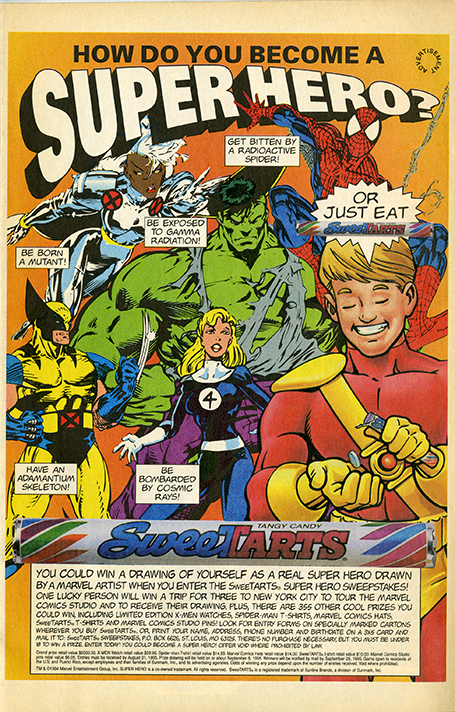Advertising
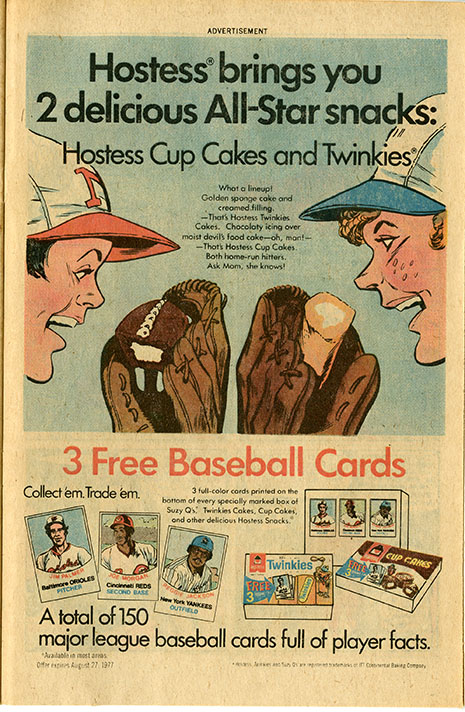


Advertising has been around for centuries, dating back to ancient civilizations such as Egypt and Rome. In these early societies, merchants would use simple signs and symbols to promote their goods and services. As trade routes expanded and markets grew, the need for advertising became even more essential. The invention of the printing press in the 15th century revolutionized the way advertising was produced and distributed, leading to the rise of mass communication and consumer culture. With the ability to reproduce images more efficiently, printed advertisements began to appear in newspapers, pamphlets, and posters. These early advertisements utilized woodcuts and engravings to capture attention and promote products and services to a wider audience.
In the 18th and 19th centuries, newspapers and magazines became popular mediums for advertising, with businesses utilizing print ads to reach a wider audience. The Industrial Revolution of the 19th century further propelled the evolution of visual storytelling in advertising. Advances in printing technology, such as lithography and color printing, allowed for more elaborate and visually appealing advertisements. Brands began to invest in eye-catching illustrations and typography to distinguish themselves in an increasingly competitive market.

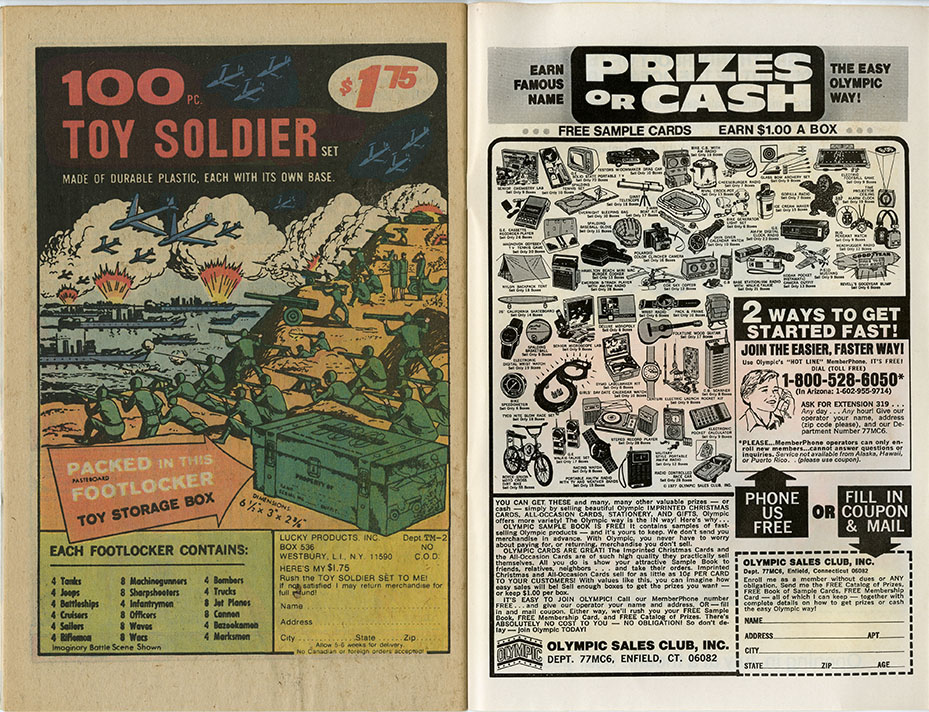
The dawn of the 20th century saw advertising take on a new form with the emergence of radio and television. These mediums allowed advertisers to reach millions of people at once, leading to the creation of iconic jingles, slogans, and characters that are still remembered today. The advertising industry continued to evolve with advancements in technology, including the rise of the Internet and digital advertising. With the introduction of social media platforms and targeted advertising, businesses can reach specific demographics and track the effectiveness of their campaigns.

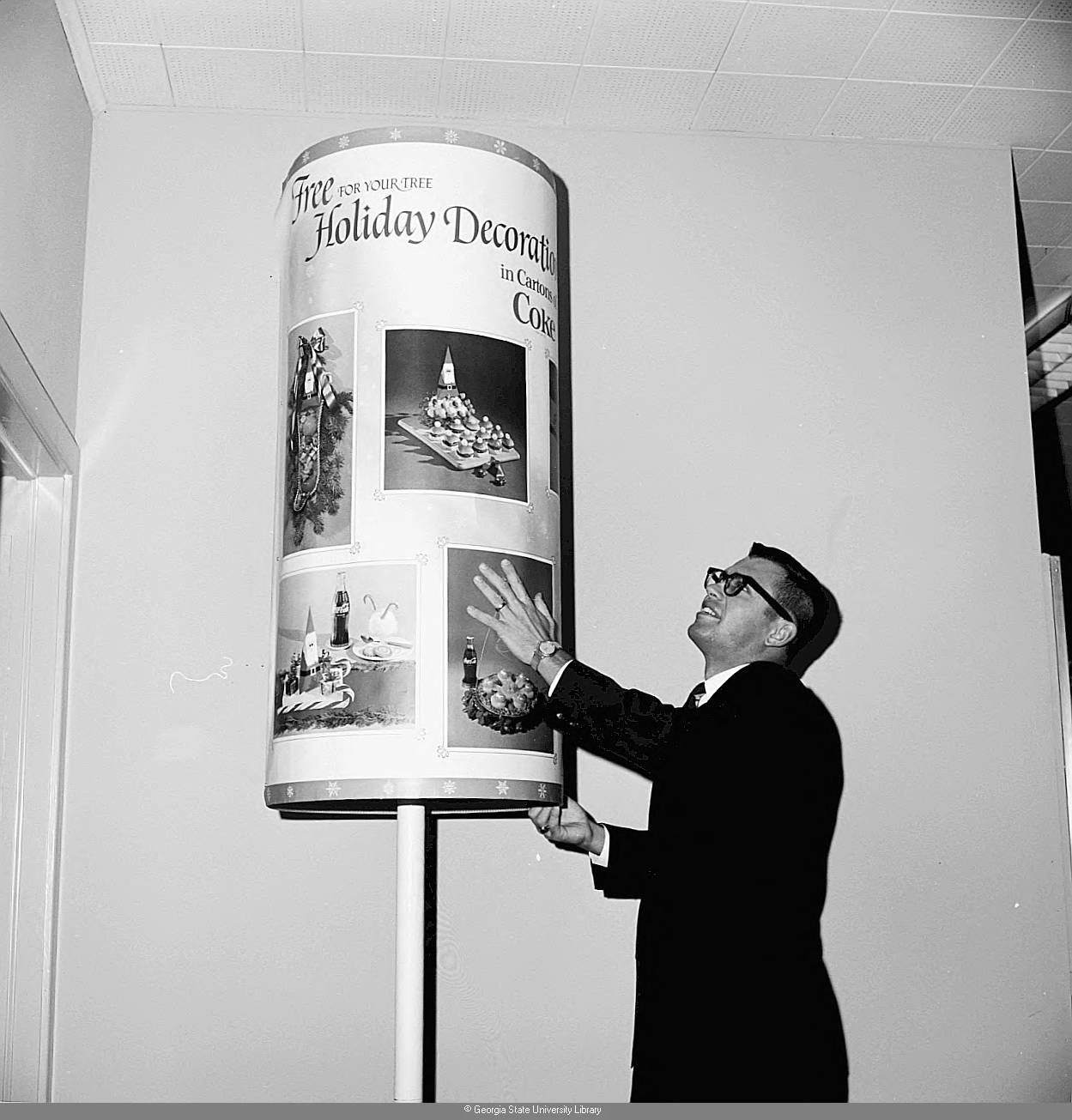
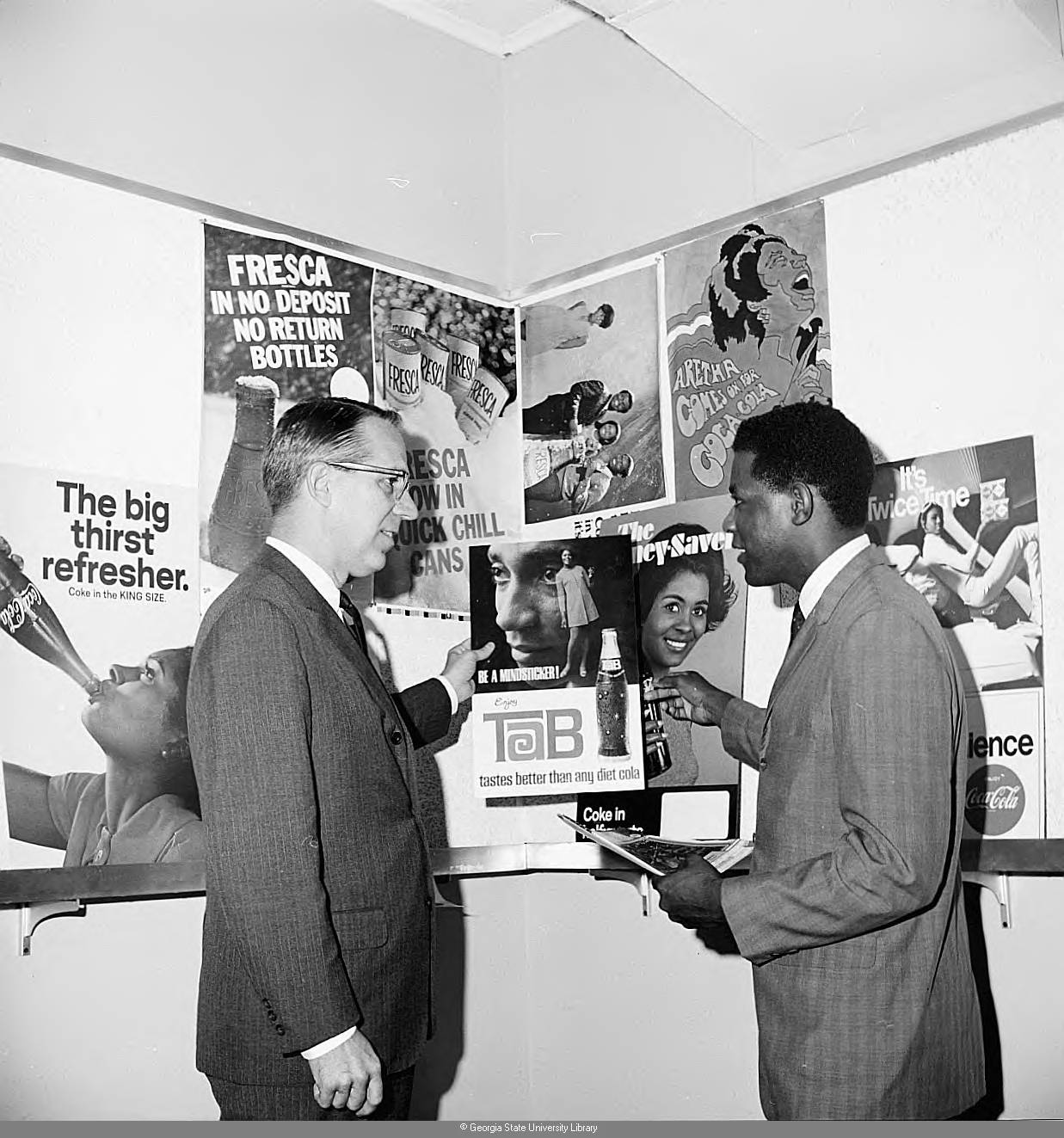
Advertisements were a common feature in American comic books from the 1940s onwards and were directed towards young people. Many ads made sensational claims about their products, sold for a few dollars or less, sent to a post office box. Products offered included novelty items, toys, and self-improvement courses such as drawing and bodybuilding. Over the last hundred years, the number of children with money for discretionary spending has grown and they have become a major demographic group for advertisers; since the advent of the Internet and its new marketing tools, minors have continued to be a profitable audience.
Today, advertising plays a crucial role in our daily lives, influencing our purchasing decisions, shaping our perceptions, and defining popular culture. From billboards and commercials to sponsored content and influencer marketing, advertisements are everywhere we look. While the methods and mediums may have changed over time, the core purpose of advertising remains the same: to persuade, inform, and engage consumers. As we continue to navigate the ever-changing landscape of advertising, it is important to understand its history and evolution to appreciate its impact on society and the economy.
